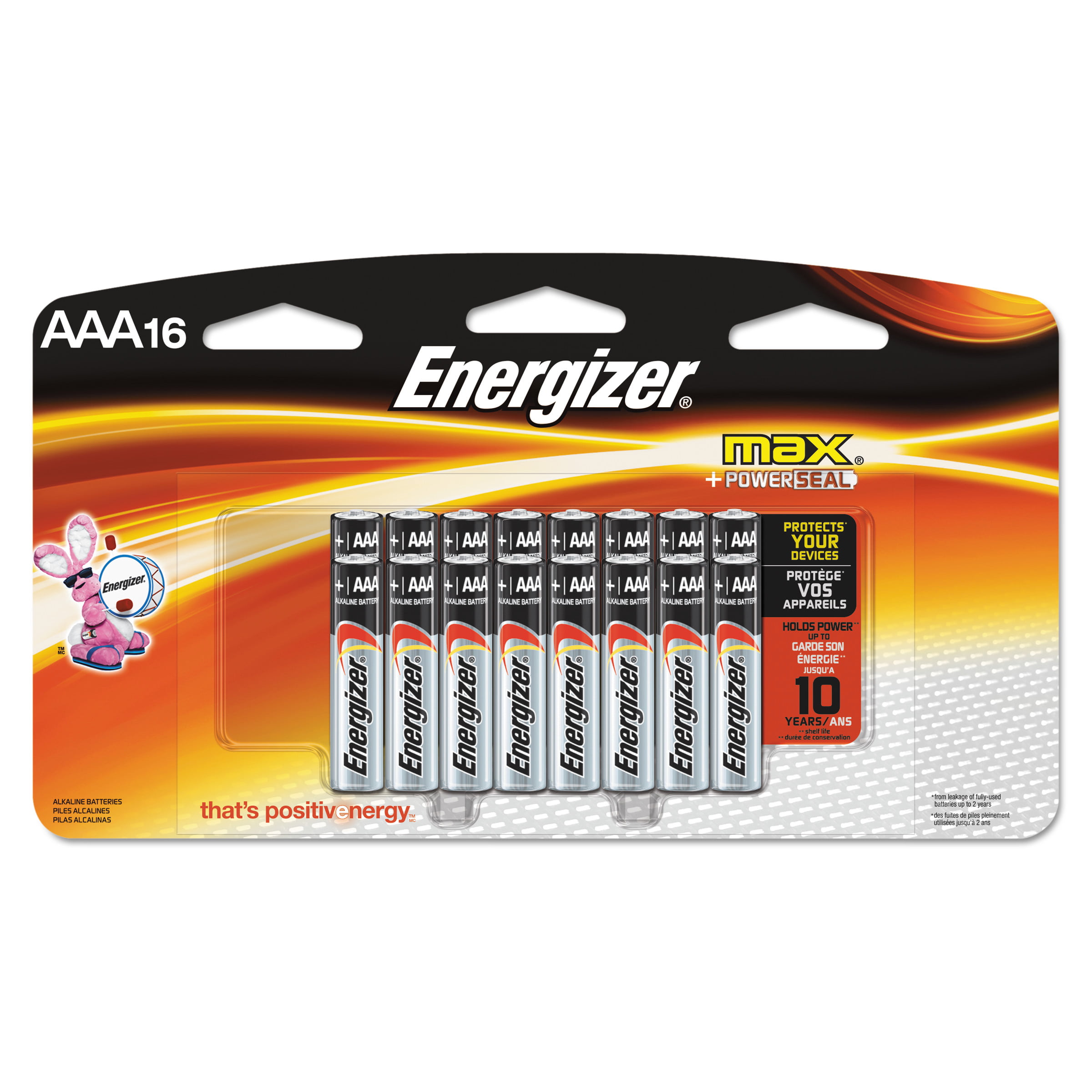

But how much do they cost? First, for the DG batteries. Yes, the better batteries have more energy. Other than that current hiccup, the curves for those two batteries look quite similar. Yes, the Energizer has a higher stored energy, but it also has that small jump in the current that may or may not be real. It seems that maybe the Duracell and Energizer are essentially the same. Ok, but what about the total energy? If I integrate these three curves, I get the following stored energies: Clearly, these cheaper batteries are not nearly as good as the more expensive ones. Here is the data from LoggerPro (Vernier's software): Collecting data was fairly simple (even though each battery would take quite some time). Vernier makes both a current and voltage probe for the LabQuest system. The total energy that the battery produced.

Instead I will do it numerically with the following formula (by "I will do" I really mean "make a computer do"):Īnd that is it. In this case, I won't use calculus to evaluate an integral since I don't know a mathematical function for the power. Then I just need to do this a whole bunch of times to get the total energy.Īdding up a whole bunch of small pieces is called "an integral". This means that I can reasonably calculate the energy during this short time. If I instead look at a very short time interval, the current and potential do not really change too much. If the current and the change in potential were constant for the whole time interval (Δt), this would be a fairly straightforward calculation.


 0 kommentar(er)
0 kommentar(er)
